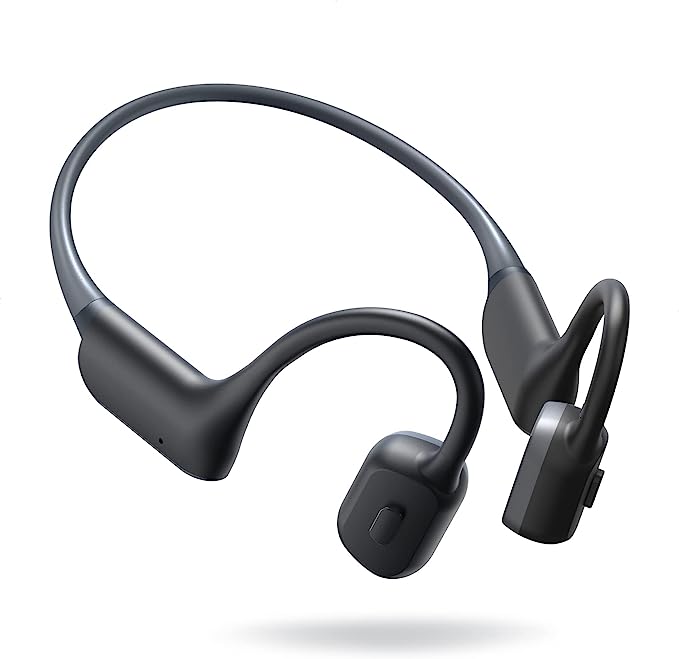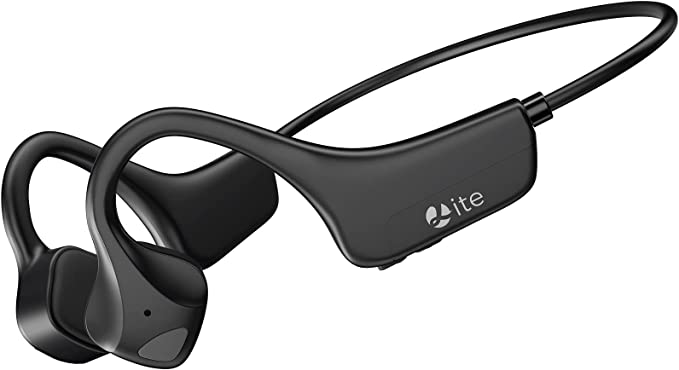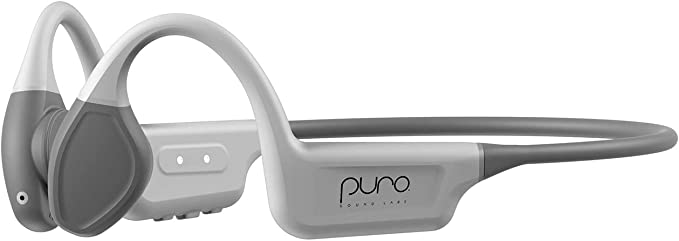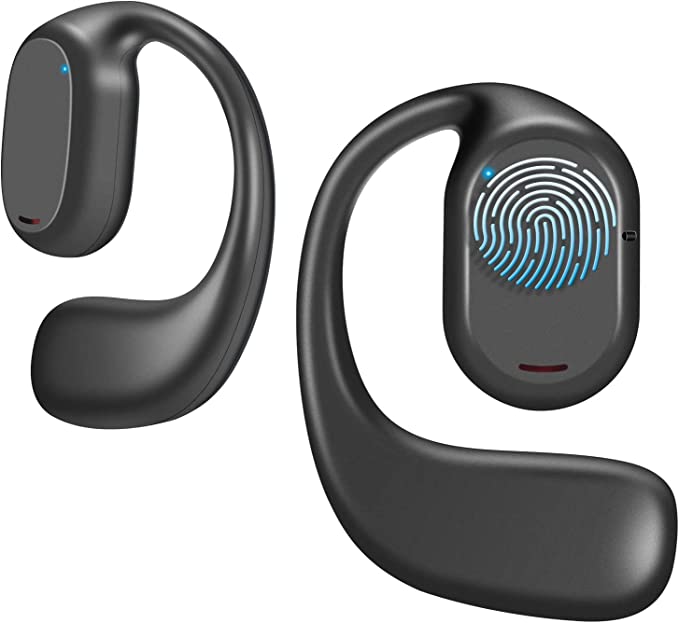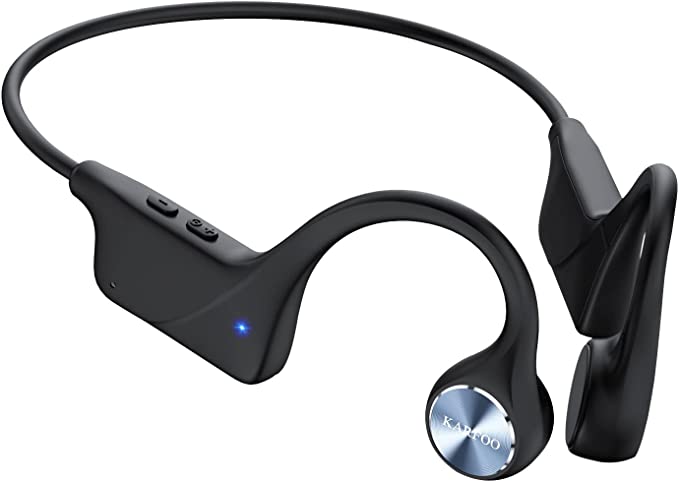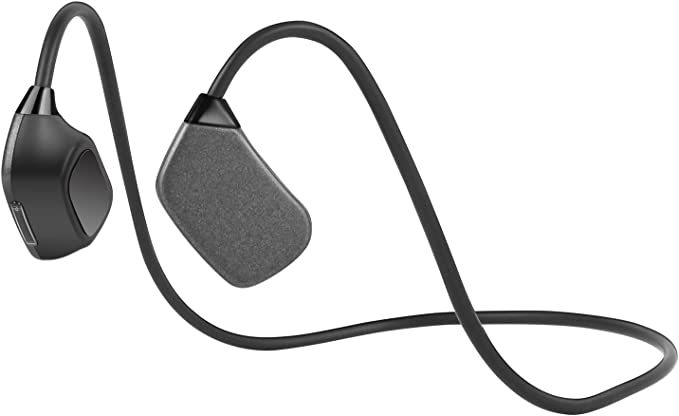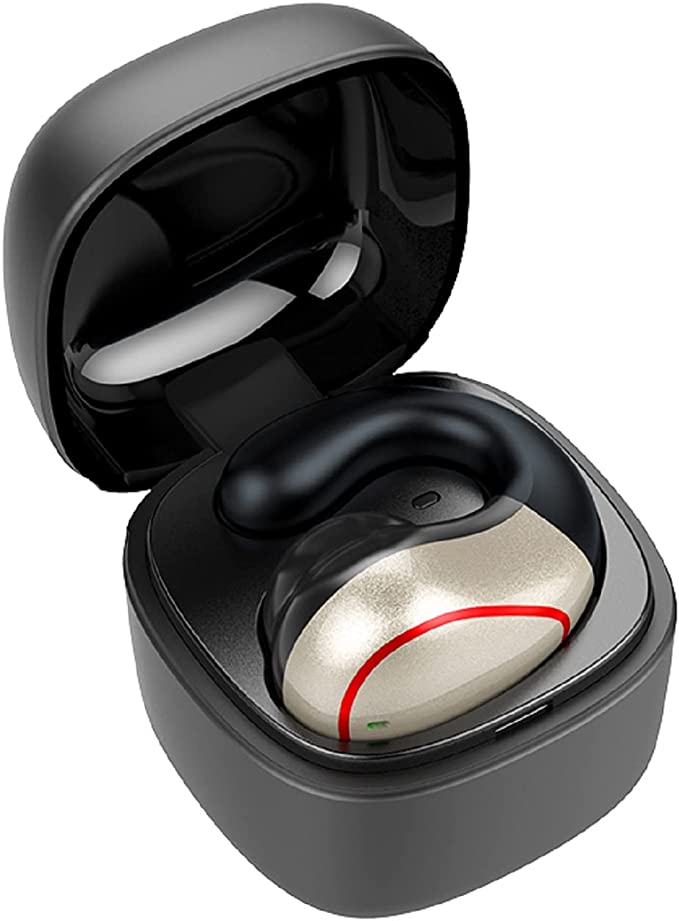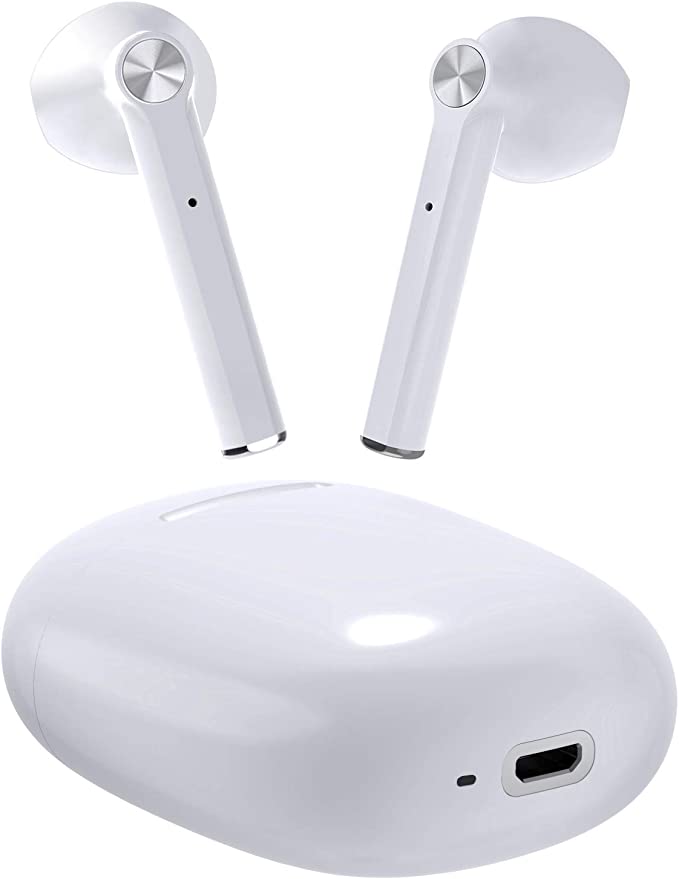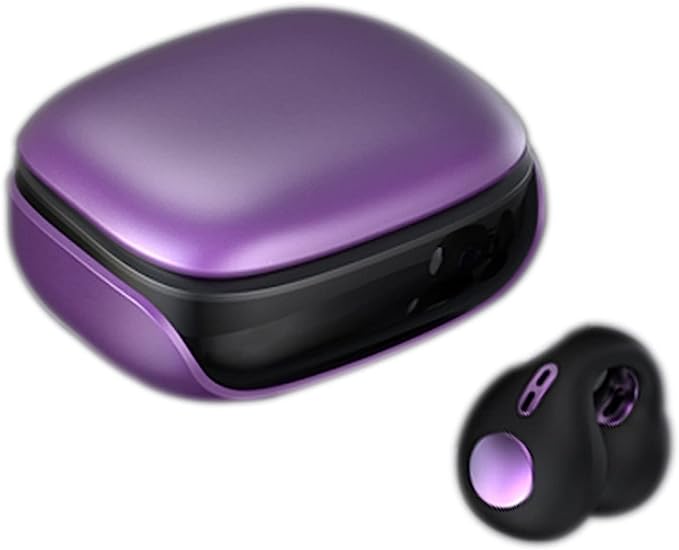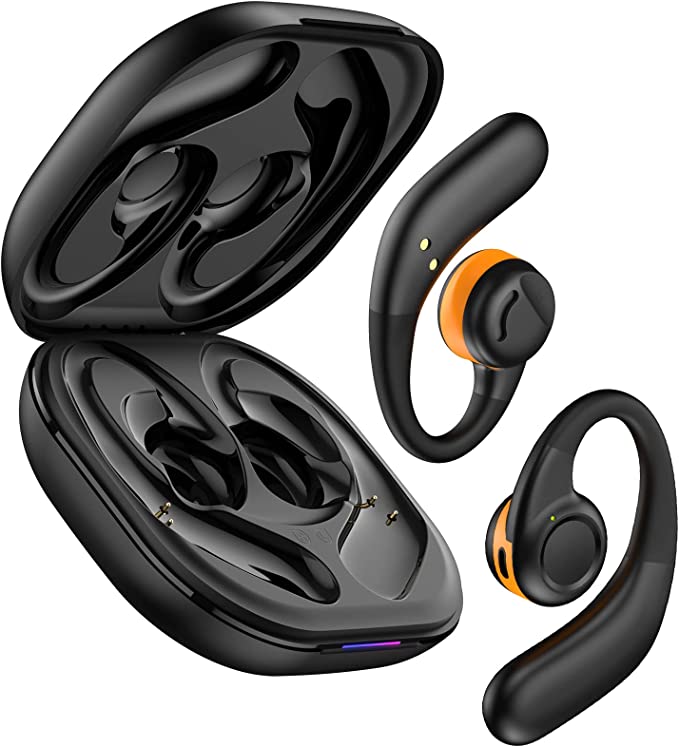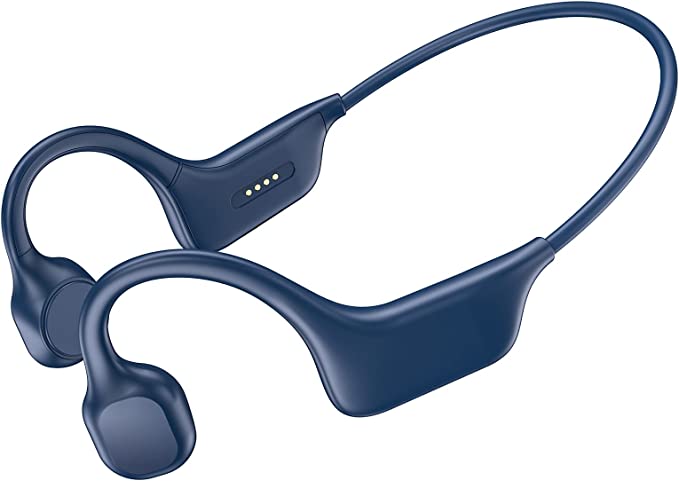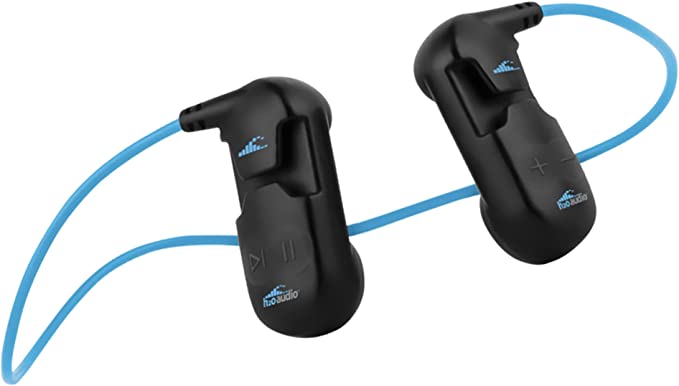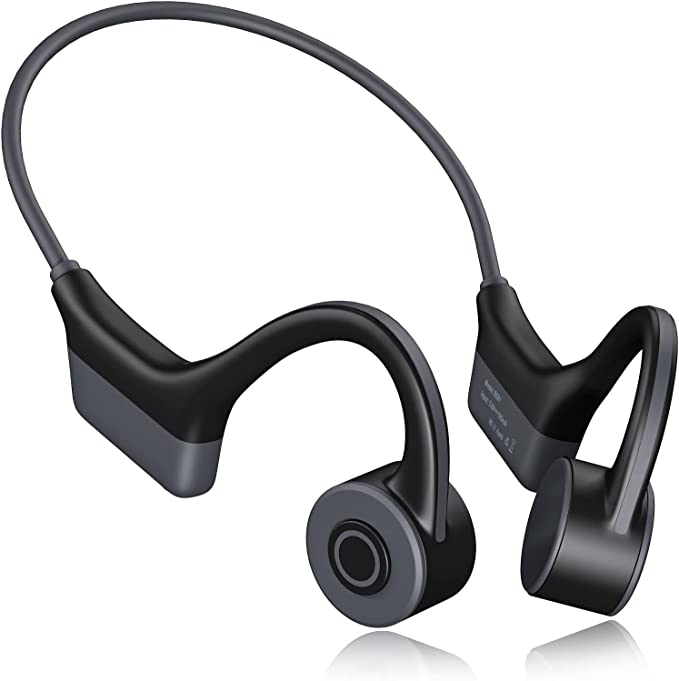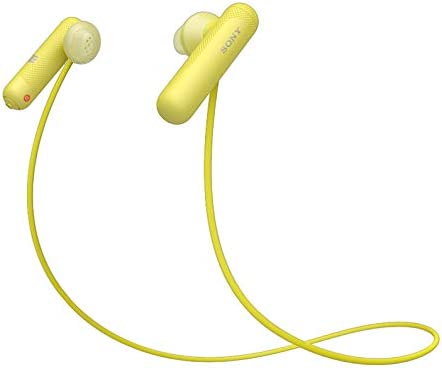The Biomechanics of Ride Safety: Bone Conduction and the Open-Ear Paradox
Update on Nov. 24, 2025, 7:47 a.m.
Motorcycling is an exercise in sensory overload. At 60 miles per hour, a rider is not just navigating a vehicle; they are battling a chaotic fluid dynamic environment. The wind rushing over the helmet creates a turbulent boundary layer, generating aerodynamic noise that can easily exceed 100 decibels. In this acoustic storm, the rider faces a critical dilemma: how to maintain communication and navigation without severing the vital auditory connection to the road?
Traditional audio solutions—in-ear monitors or standard speakers—operate on the principle of air conduction. They pump sound waves into the ear canal, effectively competing with the wind noise for the eardrum’s attention. Often, to hear the music, the rider must crank the volume to dangerous levels, creating a “wall of sound” that blocks out sirens, horns, and tire screeches.
This is where physics offers a safer alternative: Bone Conduction. By shifting the transmission medium from air to bone, devices like the mucro H2R are not merely playing music; they are hacking the human auditory system to maintain Situational Awareness.

The Anatomy of the Bypass: Air vs. Bone
To understand why bone conduction is safer for riders, we must look at the anatomy of hearing. Normally, sound waves travel through the External Acoustic Meatus (Ear Canal), vibrate the Tympanic Membrane (Eardrum), and are mechanically amplified by the ossicles (Malleus, Incus, Stapes) before reaching the Cochlea.
In a high-speed riding scenario, the ear canal is a noisy place. Wind turbulence creates a masking effect, filling the canal with low-frequency “roar.” Adding speakers to this mix just adds more noise to an already saturated channel.
Bone Conduction bypasses this bottleneck entirely. The mucro H2R utilizes a transducer (vibrator) mounted inside the helmet that rests against the skull (typically the temporal bone).
1. Direct Transmission: The transducer converts audio signals into mechanical vibrations.
2. The Detour: These vibrations travel directly through the cranial bone, skipping the ear canal and the eardrum.
3. Cochlear Activation: The vibrations reach the fluid-filled Cochlea directly, stimulating the hair cells and sending signals to the Vestibular Nerve and Cochlear Nerve.
The result is two distinct audio channels: the Air Channel remains open to hear the environment (traffic, wind, engine revs), while the Bone Channel securely delivers navigation and music directly to the inner ear.

Digital Signal Processing: The Mathematical Filter
While bone conduction handles the delivery of sound, the quality of that sound in a noisy environment relies on Digital Signal Processing (DSP). A raw microphone signal on a highway would be unintelligible—a wash of static caused by wind shear.
DSP acts as a mathematical gatekeeper. The H2R employs algorithms to analyze the incoming sound wave.
The processor identifies the repetitive, chaotic patterns of wind noise (which often resembles “pink noise”) and differentiates them from the structured, periodic patterns of human speech or music. Through a process similar to destructive interference, the system attenuates the noise frequencies while boosting the voice frequencies. This ensures that when you take a call, the person on the other end hears you, not the wind.

Hydrodynamics and Kinetic Waterproofing
For a motorcyclist, “waterproof” is not about surviving a gentle splash; it is about surviving kinetic water pressure. Riding in the rain at highway speeds turns raindrops into high-velocity projectiles.
The IPX6 rating found on the H2R is significant here. The “IP” stands for Ingress Protection. The numeral “6” indicates protection against powerful water jets. In a lab, this means water projected at 100 liters per minute at 100 kPa. On the road, this translates to the ability to withstand the driving rain forcing its way into helmet crevices at 60 mph. This is achieved not just by glue, but by 3M bonding technology and sealed acoustic chambers that prevent moisture from shorting the sensitive transducer coils.

The Future of Helmet Audio
The integration of bone conduction into motorcycle helmets represents a shift from “entertainment” to “integrated safety systems.” By respecting the biomechanics of the human ear, we allow the rider to stay connected to their digital network without disconnecting from the physical reality of the road.
The mucro H2R serves as an accessible entry point into this technology, demonstrating that safety and connectivity are not mutually exclusive—they just require a different path to the brain.

